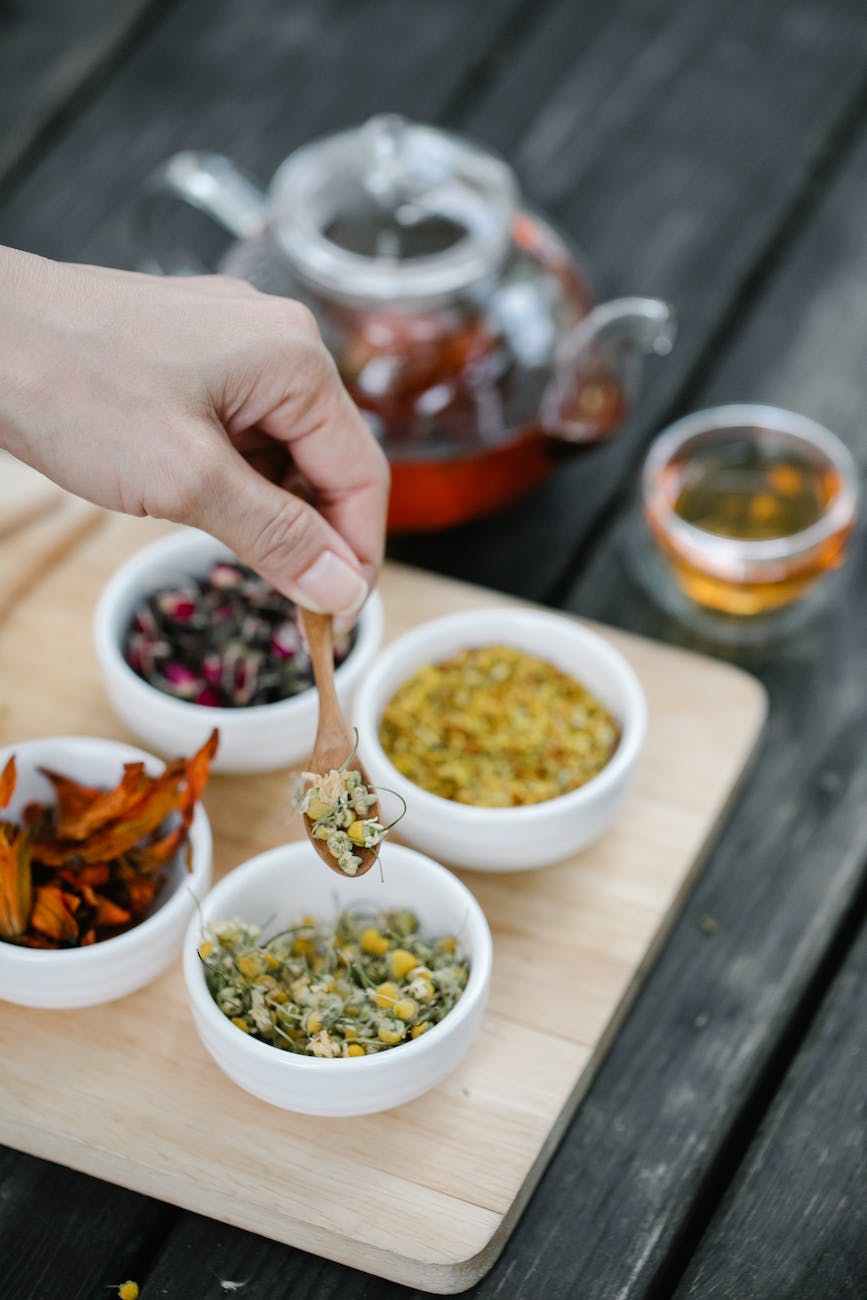Unlocking Nature’s Pharmacy: The Timeless Home Remedies of Garlic, Honey, and Onion
In an era dominated by quick fixes and over-the-counter solutions, the whispers of ancient remedies often get lost in the noise. But what if we told you that some of the most potent cures lie nestled in our kitchen shelves? Garlic, honey, and onion, humble as they may seem, are powerhouses of health benefits. Drawing from shared experiences, traditional tales, and a sprinkle of science, let’s embark on a journey to rediscover these natural wonders.
Garlic and Honey: Home Remedy for Cold?
Benefits:
Garlic, with its pungent aroma, has been a trusted ally against diseases for centuries. Its antibacterial and antiviral properties make it a frontline warrior against colds and infections. When this is coupled with honey, known for its soothing and antioxidant-rich nature, you get a concoction that’s nothing short of magical.
How to make Garlic-Honey Syrup:
- Ingredients: Fresh garlic cloves and raw, unprocessed honey.
- Preparation: After peeling the garlic cloves, place them in a glass or ceramic jar. Pour honey over them, ensuring they’re submerged.
- Fermentation: This is where patience plays a part. Store the jar in a cool, dark corner, letting nature do its work for about a week. For those seeking a potent brew, a 3-4 week fermentation is recommended.
- Storage Rituals: Every other day, gently open the jar to release any built-up gases. This ‘burping’ process is crucial. Also, occasionally roll the jar or turn it upside down to ensure the garlic is well-coated in honey.
Pro Tip: When dealing with honey, think like a bee! Avoid metal utensils, as they can degrade the beneficial properties of honey. Stick to wooden or plastic tools.
Onion and Honey: A Symphony of Healing
Benefits:
Onions, teary as they make us, come packed with antioxidants and anti-inflammatory goodness. When they dance with honey, the resulting syrup not only soothes but actively fights off infections.
Crafting the Onion-Honey Elixir:
- Ingredients: Fresh onions and raw honey.
- Preparation: Dice the onions finely and introduce them to a jar. Shower them with honey till they’re comfortably nestled.
- Fermentation: Unlike its garlic counterpart, this mixture has a shorter fermentation period. A mere 24 hours is sufficient.
- Storage: After their brief mingle, strain the onions, bottling up the honey, which now carries a hint of onion and a whole lot of benefits. Refrigeration is key to keeping this elixir fresh.
Diving Deeper: Expanding the Home Remedy Arsenal
- Pineapple Syrup: This tropical delight is more than just a tasty treat. Pineapple, especially when blended with honey, acts as a formidable mucus-buster, clearing up those congested passages.
- The Legendary Flu Bomb: Barbara O’Neill’s renowned recipe is a cocktail of wellness, blending ginger, garlic, turmeric, eucalyptus oil, cayenne pepper, lemon juice, and honey. A simmered sip of this, and you’ll feel the ailments melting away.
- The Hot Toddy: A comforting blend of whiskey, honey, and lemon, this remedy is perfect for those chilly nights when a cough threatens to keep you awake.
Spotlight: Honey Fermented Garlic – A Homesteading Journey
In a captivating video by Country Living Experience: A Homesteading Journey, the age-old practice of fermenting garlic in honey is brought to life. The video delves deep into the step-by-step process, highlighting the simplicity yet effectiveness of this remedy.
Key Takeaways from the Video:
- Ingredients Matter: The emphasis is on using fresh garlic cloves and raw, unprocessed honey to ensure maximum benefits.
- The Fermentation Process: The video showcases the transformation of the mixture over weeks, turning it into a golden elixir of health.
- Usage Tips: Beyond being a health remedy, the fermented garlic can be used in cooking, adding both flavor and health benefits to dishes.
This video serves as a testament to the power of traditional home remedies, reminding us that sometimes, the best solutions are the simplest ones. Whether you’re a seasoned natural remedy enthusiast or a curious beginner, this video offers valuable insights into the art of honey fermented garlic.
Engage with Us!
We’d love to hear from you. Have you tried any of these remedies? Do you have a family recipe that’s been passed down through generations? Share your experiences, tweaks, and results in the comments below. And if this article resonated with you, don’t forget to share it with your friends and family. Let’s spread the word about nature’s pharmacy!
FAQs for the Post
- What are the main benefits of using garlic, honey, and onion as natural home emedies?
- Garlic, honey, and onion are packed with antioxidants, antibacterial, and antiviral properties. When combined, they offer a potent solution to boost immunity, soothe sore throats, and combat infections.
- How long does it take for the garlic-honey mixture to ferment?
- Typically, the garlic-honey mixture should be allowed to ferment for about a week for mild potency. However, for a stronger concoction, a fermentation period of 3-4 weeks is recommended.
- Is it necessary to refrigerate the onion-honey syrup after preparation?
- Yes, it’s advisable to refrigerate the onion-honey syrup after straining the onions. This helps in preserving its freshness and extending its shelf life.
- Can I use store-bought honey for these remedies?
- While store-bought honey can be used, it’s recommended to opt for raw, unprocessed honey to reap maximum benefits. Local honey is even better as it may contain pollen that can help with local allergies.
- How often should I consume these natural remedies?
- Consumption frequency can vary based on individual needs. However, a common recommendation is a teaspoon daily for preventive measures or multiple times a day during illness.
- Are there any side effects to be aware of?
- While these remedies are natural, it’s always best to consult with a healthcare professional, especially if you have allergies or are on medication. Overconsumption can also lead to digestive discomfort in some individuals.
- Can I add other ingredients to enhance the flavor or potency?
- Absolutely! Many people add ingredients like ginger, lemon, turmeric, and even cayenne pepper to enhance both the flavor and medicinal properties of these remedies.
In Conclusion
Nature, with its vast array of remedies, offers us solutions that are both gentle and potent. While garlic, honey, and onion stand tall in the natural remedy hall of fame, it’s essential to remember that individual experiences can vary. Always consult a healthcare professional for persistent or severe symptoms. As we blend the wisdom of the past with the knowledge of the present, we pave the way for a healthier, more holistic future.
Blog Tags for the Post
Natural Remedies, Garlic Benefits, Honey Healing, Onion Syrup, Immune Boosters, Fermentation, Holistic Health, DIY Cough Syrup, Traditional Medicine, Herbal Solutions, home remedy for cough, home remedy for cold











